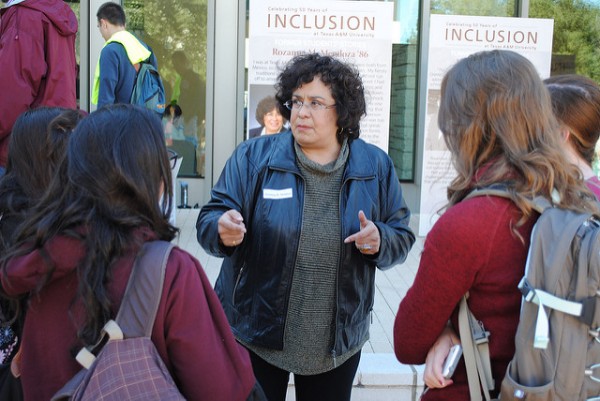
In the recent Fisher v University of Texas case, the U.S. Supreme Court voted to affirm the Fifth Circuit’s decision to allow University of Texas to consider race in admissions. This is good news, because numerous studies have documented the positive impact of racial diversity on college campuses. This robust body of research was cited in an amicus brief from more than 800 academic scholars explaining the benefits of campus diversity. The dangers of ending affirmative action are also evident in California, where enactment of an anti-affirmative action state referendum in 1996 led to a steep decline in the number of black and Latino college students.
The Supreme Court’s decision to allow continued efforts to racially diversify college admissions is good news. But the bad news is that the decision will continue to encourage selective colleges and universities to frame such efforts in unintentionally limiting ways. Although the benefits of a diverse learning environment are clear, affirmative action overall was originally intended to further multiple goals: to promote greater access for African Americans into elite, predominantly white colleges; to make up for the historical effects of racial segregation; and (on many campuses) to counter previous policies of outright racial exclusion. Today’s students, however, hear little about these broad goals. Instead, students hear from colleges that affirmative action will benefit them. Most students have internalized this message, which has troubling implications for how America’s college students think about race and meritocracy. more...

 Research to Improve Policy: The Scholars Strategy Network seeks to improve public policy and strengthen democracy by organizing scholars working in America's colleges and universities. SSN's founding director is Theda Skocpol, Victor S. Thomas Professor of Government and Sociology at Harvard University.
Research to Improve Policy: The Scholars Strategy Network seeks to improve public policy and strengthen democracy by organizing scholars working in America's colleges and universities. SSN's founding director is Theda Skocpol, Victor S. Thomas Professor of Government and Sociology at Harvard University.